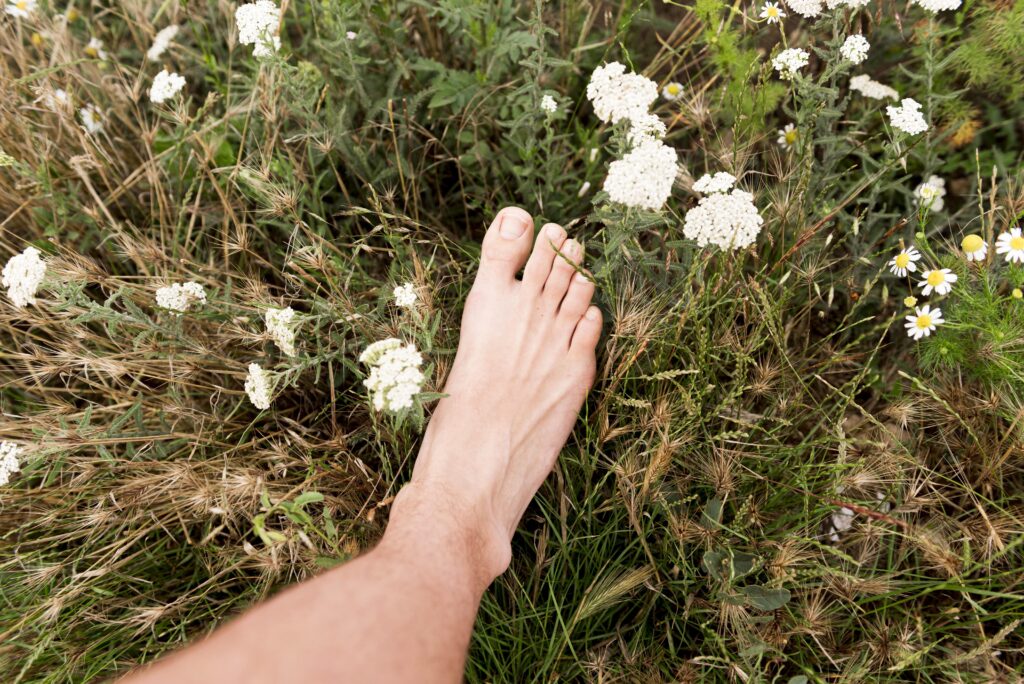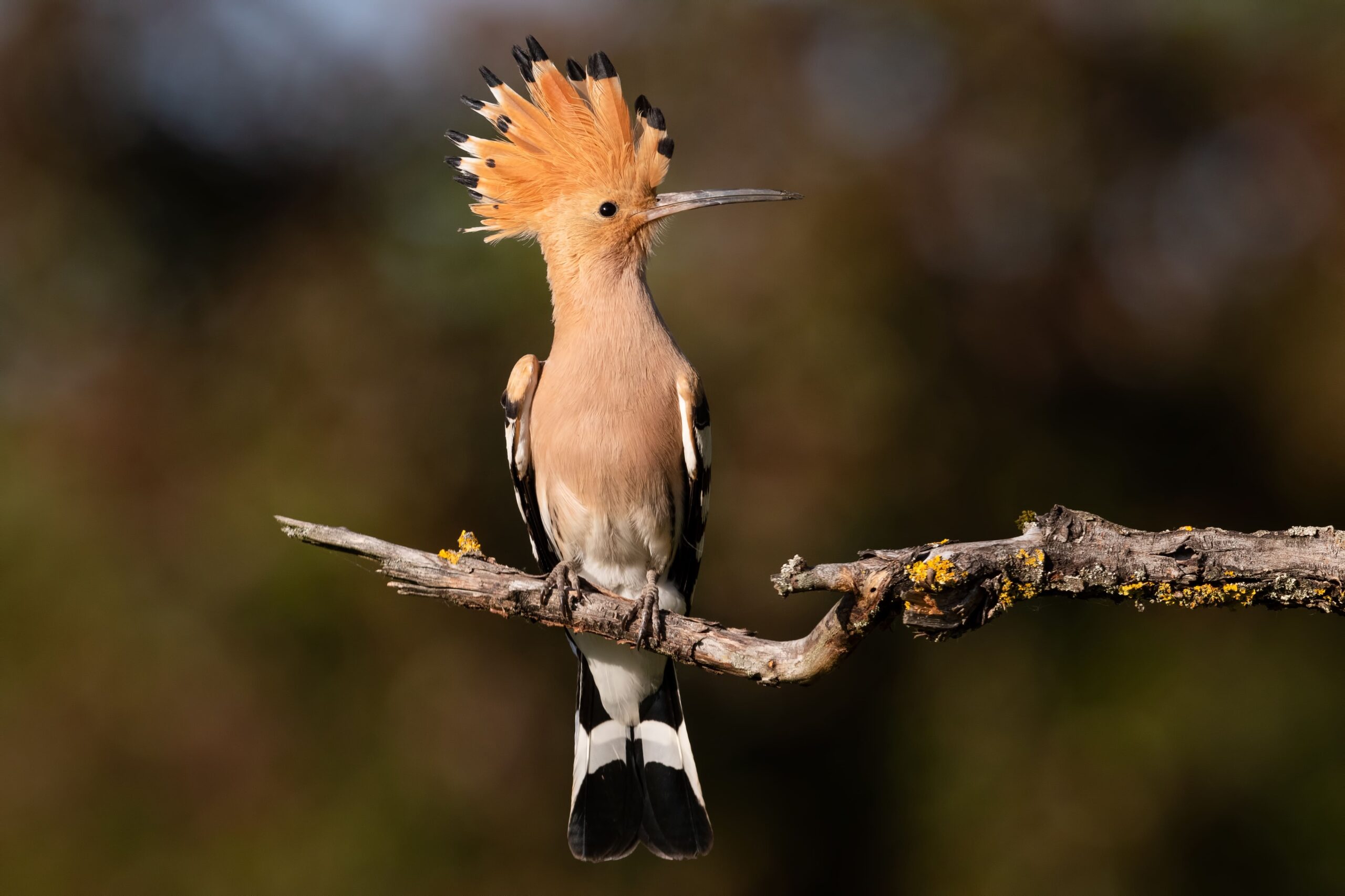Nature therapy quietly offers the most powerful remedy in an overstimulated world. Social media burdens us with wellness trends. From life coaches, self-help podcasts to vitamin-packed smoothies and high-end retreats. But nature offers more than we can imagine. The best part? It doesn’t cost a thing!
The benefits of nature therapy are backed by science and rooted in traditional wisdom. A stroll in the park, some morning sunlight, or ten minutes barefoot on the grass can help restore balance. It’s free, easy and powerful!
Read more to find out five powerful ways that nature restores our mental and emotional wellbeing.

What is the Nature of Mental Health?
As hunter gatherers, our mental state was largely dictated by the flight, fight or freeze response. These responses protected us in the wilderness, against predators and other threats. However, as the world has evolved, so has our sense of danger. Our body, on the other hand, does not know the difference. Just that it is under stress from a threat.
Often we associate mental health with a mental disease or disorder. This is far from the case. Mental health is a state of well being. A healthy mind influences your social, psychological and emotional state.
You are then better equipped to deal with the stresses of life, realise your abilities, develop a growth mindset and give back to your community. If you think about it, only when your own cup is full, can you fill another’s.
This is where nature therapy comes in!
What is the Concept of Nature Therapy?
Nature therapy, or ecotherapy, is about reconnecting with nature to heal our mind, body and heart. It’s a gentle, intuitive process that helps us balance our emotions and think clearly by connecting our five senses to the natural world.
Nature therapy focuses on shedding stress, gaining perspective, and feeling renewed through time spent in nature. Forests, rivers and gardens all serve as spaces for reflection and emotional release. In these environments, we’re not just healing, we’re evolving.
Nature therapy includes simple, science-backed practices like:
- Green exercise: moving our bodies in green spaces like parks or forests
- Blue exercise: physical activity near water, like swimming or walking by a lake
- Green care: programs like care farming and animal-assisted therapy
- Horticultural therapy: gardening to nurture both plants and ourselves.
Together, these nature-based methods make healing not only accessible but meaningful too.
So How does Nature Therapy Help Mental Health?
1. Take a Forest Walk
Spending time in forests – also known as forest bathing or shinrin-yoku – is a cornerstone of Japanese nature therapy. It’s not just about walking through the woods, it’s about slowing down and immersing all 5 senses to notice the rustle of leaves, the scent of pine, the warmth of sunlight, or the texture of tree bark.
The benefits? Studies show it lowers cortisol levels, reduces heart rate and blood pressure, regulating the amygdala, the brain’s fear center. In other words, exposure to nature helps switch us from “fight or flight” to “rest and restore”.
Here’s the astonishing part, just one to ten minutes of exposure to nature can reduce feelings of stress, boost attention and improve your mood.
Trees also release plant-based compounds called “phytoncides”. These enhance immune function by boosting natural killer (NK) cell activity. Our body’s first line of defense against viruses and cancer cells. That’s really something!
2. Absorb Some Natural Light

As hunter-gatherers we were deeply attuned to natural cycles, moving our bodies daily and sleeping with the sun and stars.
It is only in the last few centuries that we’ve moved indoors. Crammed into corporate cubicles with the constant glare of screens and fluorescent bulbs. These environments can overload the brain and isolate the spirit.
Nature therapy then asks us to reconnect with natural light. This isn’t just a wellness tip; it’s a way of resetting our internal clocks.
Morning and evening sunlight helps regulate your sleep-wake cycles, improving sleep and mental health. Natural light stimulates serotonin and dopamine production, two key chemicals that lift mood and sharpen focus. It also supports melatonin production at night, helping improve quality of sleep.
For people with disrupted sleep patterns, exposure to natural light is one of the most effective, accessible interventions.
Gazing at the night sky offers similar rewards. It helps quiet mental chatter and supports melatonin production, improving sleep quality.
Together, sunlight, moonlight and starlight reset our body clock in a time of artificial light and digital overload.
3. 'Ground' Yourself

Picture this: you’re walking barefoot on dewy morning grass, cool earth pressing gently into your soles. You pause in stillness, lowering into a child’s pose. Your forehead resting lightly against the ground. In that simple moment, something shifts.
This practice known as grounding or earthing helps us connect with and absorb the Earth’s natural energy. It can reduce oxidative stress and inflammation, which are linked to anxiety, pain, and chronic disease.
Remember how as kids, we played in the rain and mud? Some of us even scooped a handful of soil into our mouths (whoops!) Did you know that soil has certain beneficial microbes? These make their way from your fingers, and through your bare feet, into your body. They then improve your gut health!
Grounding has also been linked to improved sleep, lower cortisol, and a greater sense of calm. It’s one of the most accessible and affordable tools for nature therapy.
4. Flow like Water
Water has a unique ability to regulate mental and emotional states. Whether it’s a lake, ocean, river, or even a fountain, water is the perfect natural therapy. It slows brain activity and activates the part of the body that helps us relax. Watching water move can be meditative and stimulate awe, a powerful emotion linked to reduced stress.
Being by the ocean, sea or lake helps us remember that we belong to something bigger, offering a gentle shift in perspective.
Much like forests, blue spaces offer more than aesthetic beauty. They are natural antidepressants.
5. Watch the Wild

Do you ever feel like your brain is running on 20 tabs at once? You’re not alone. Attention is fractured in the digital age, but observing birds, insects, or animals in their natural rhythm draws us into the present moment.
Can’t afford an expensive safari trip? Just observe your local birds. Can’t get out of the house? Pause. Take a breath. Engage digitally. Watching wildlife from the comfort of your home can offer many of the same cognitive benefits without the carbon footprint or travel costs. Here are a few simple, free ways to connect:
- YouTube: Search for live streams of birdsong, waterfall sounds, or forest walks. Try “Nature Soundscapes” or “Relaxing Wildlife Videos.”
- Explore.org: Live cams from national parks, ocean reefs and bear habitats.
- San Diego Zoo Live Cams: Watch elephants, tigers, penguins in real-time.
- Monterey Bay Aquarium Live Cams: Gaze at sea otters and jellyfish
Research suggests that quietly observing the outdoors is linked to:
- better memory
- longer attention spans
- increased creativity.
Children with ADHD, in particular, benefit from time outdoors, where attention is gently held without overwhelming stimulation.
Digital or real, quiet interactions with the natural world restore focus, reduce mental fatigue, and inspire a deep sense of calm. They’re like mental composting: quiet, unseen, but deeply rewarding.
Before You Log Off
In a world that asks us to do more, be more, and scroll endlessly, nature therapy is an act of rebellion. It’s also an act of healing. Whether it’s sunlight on your skin, your feet in the grass, or a moment of stillness beside water, nature therapy reminds you to pause.
This isn’t about escape. It’s about return. Return to rhythm, to breath, to something ancient in your bones that remembers how to rest, restore, and begin again.
So the next time you feel overwhelmed, unplug. Step outside. Let the earth hold some of what you’re carrying.



